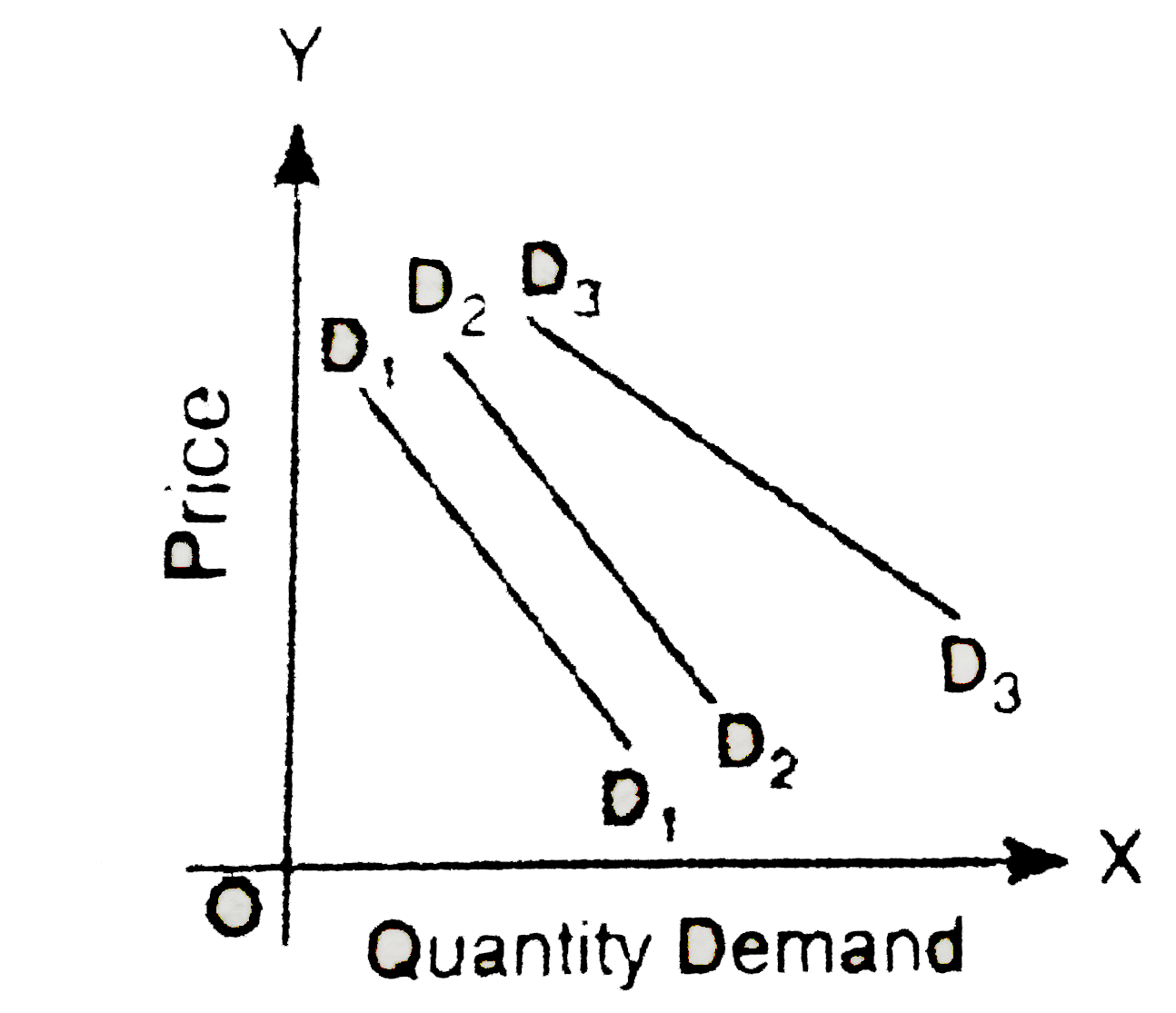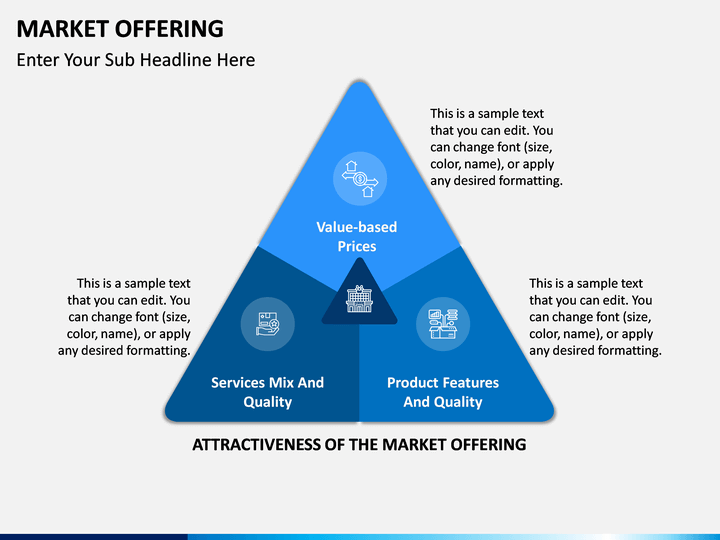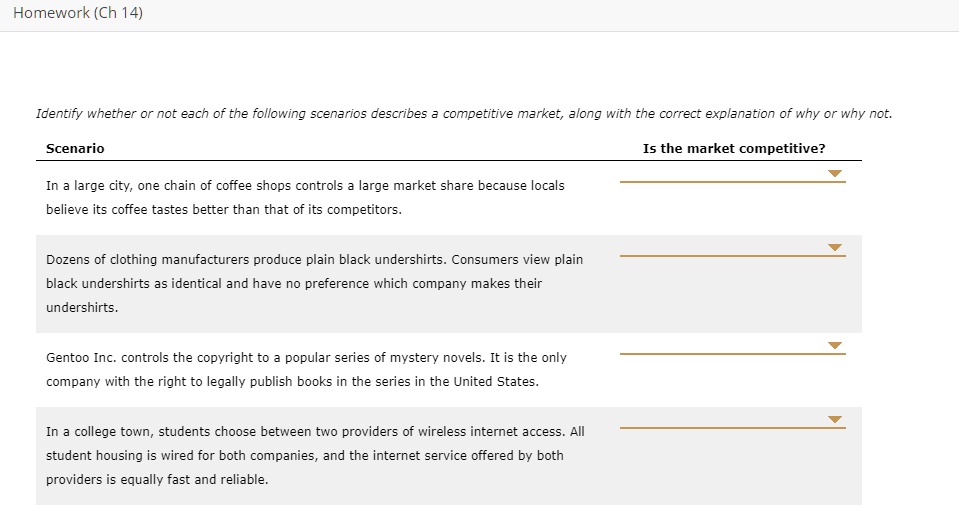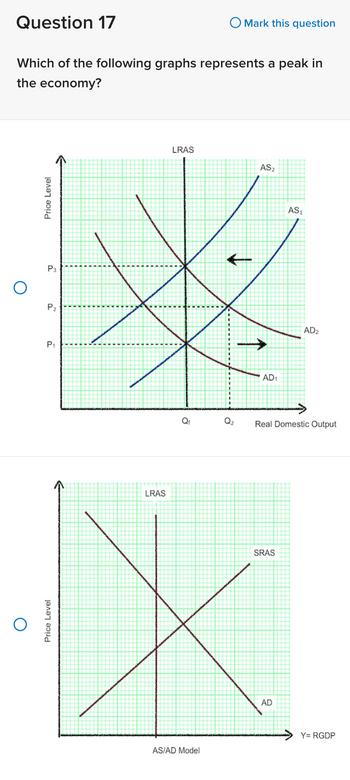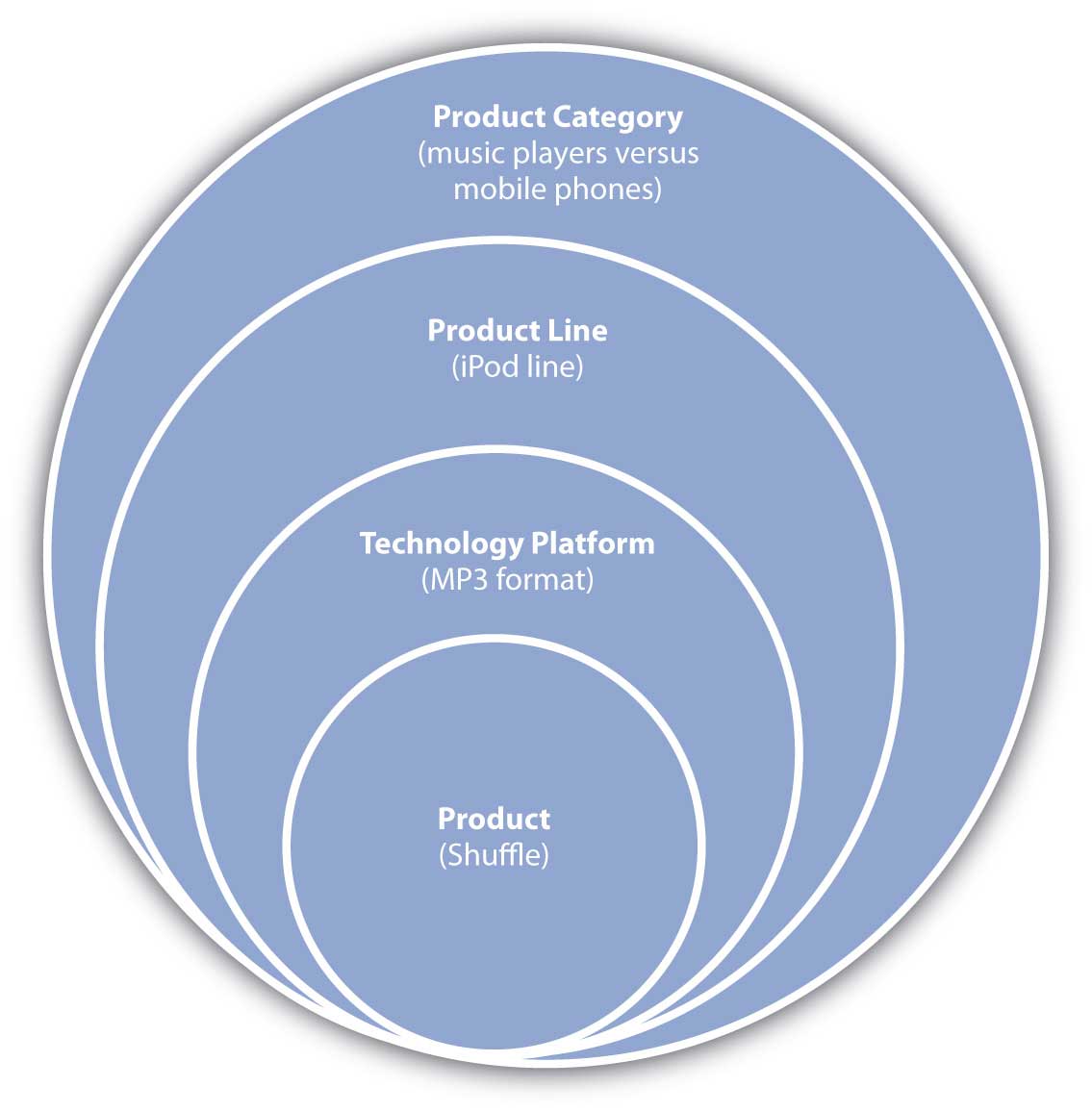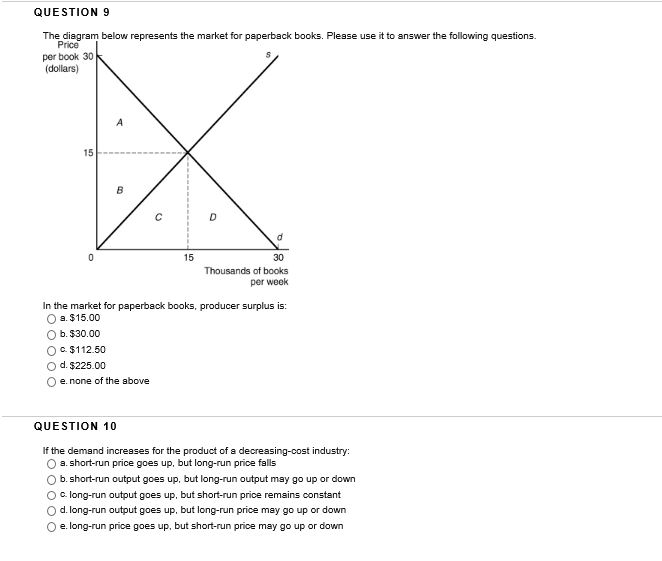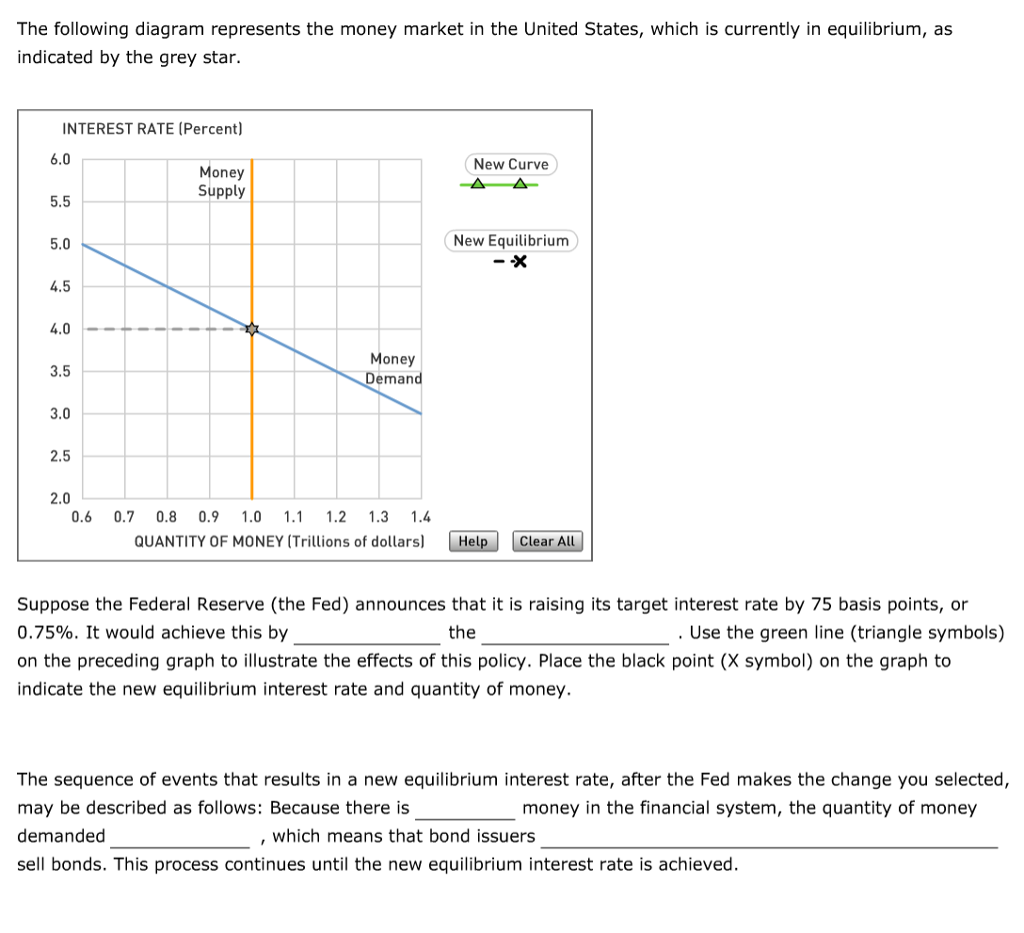Which Of The Following Represent Market Offerings

The term "market offering" is a fundamental concept in business and marketing, representing the value a company promises to deliver to customers. Understanding which elements constitute a market offering is crucial for businesses aiming to effectively attract and satisfy their target audience. Misinterpreting the scope of a market offering can lead to flawed marketing strategies and ultimately, business failure.
This article aims to clarify the components of a market offering, drawing from established marketing principles and real-world examples to illustrate its significance. We will delve into the various elements that form a market offering, distinguishing between core products, augmented services, and the overall customer experience.
Defining the Market Offering
At its core, a market offering is more than just the physical product or tangible service provided by a company. It encompasses the total value proposition offered to customers, including features, benefits, pricing, and associated services. A comprehensive market offering is designed to meet a specific customer need or desire.
According to Philip Kotler, a renowned marketing expert, a market offering can be understood as "a bundle of attributes that satisfies a set of customer needs." This bundle includes the physical good, service, information, experiences, or any combination thereof.
Key Components of a Market Offering
The Core Product or Service
The core product or service represents the fundamental benefit that the customer receives. This is the essential need being fulfilled. For example, the core product of a hotel is a place to sleep and rest.
A smartphone's core benefit is communication and access to information. Understanding the core benefit is essential for businesses to tailor their marketing efforts.
Features and Attributes
Features and attributes are the specific characteristics that differentiate a product or service from its competitors. These can be tangible aspects like design, quality, or functionality, as well as intangible elements like brand reputation or customer service. Consider a car; its features include safety features, fuel efficiency, and infotainment system.
These features contribute to the overall perceived value of the offering. Companies invest heavily in research and development to develop attractive features and attributes.
Price and Value
Price is a critical component, influencing customer perception and purchasing decisions. The price of a market offering must be aligned with the perceived value provided to the customer.
Value is the perceived benefits a customer receives compared to the cost. A high-priced product might be perceived as valuable if its features and benefits justify the cost.
Associated Services and Support
Associated services and support can significantly enhance the customer experience and add value to the market offering. These can include pre-sales consultation, installation, training, warranties, and after-sales support. Consider the support offered by a software company or the warranty on an electronic device.
Strong services and support can build customer loyalty and create a competitive advantage. Companies often use support as a tool to differentiate themselves.
Brand and Image
The brand and image of a company play a vital role in shaping customer perceptions of a market offering. A strong brand can create trust and credibility, influencing purchasing decisions. Consider brands like Apple or Nike; their brand image is closely tied to their market offerings.
Brand equity, the value associated with a brand, can significantly impact the perceived value of a product or service. Brands often command premium prices because of their established image.
Examples of Market Offerings
Consider a coffee shop. Its market offering isn't just the coffee itself, but the ambiance, customer service, Wi-Fi availability, and loyalty programs. These all contribute to the overall experience.
A luxury car brand, such as Mercedes-Benz, offers not only a vehicle but also prestige, advanced technology, superior comfort, and exclusive customer service. All are crucial elements of their value proposition.
Importance of a Well-Defined Market Offering
A well-defined market offering is essential for attracting and retaining customers. It enables businesses to clearly communicate the value they provide.
By understanding the components of a market offering, companies can better target their marketing efforts and differentiate themselves from competitors. In competitive markets, a compelling market offering is critical to success.
Conclusion
In summary, a market offering encompasses the totality of value a business presents to its target audience. It includes not only the core product or service but also its features, pricing, associated services, and brand image. By focusing on these elements, businesses can develop market offerings that resonate with customers and drive sales.
By carefully crafting each element, companies can create strong competitive advantage in today's marketplace. Understanding the breadth and depth of a market offering is paramount for success.


